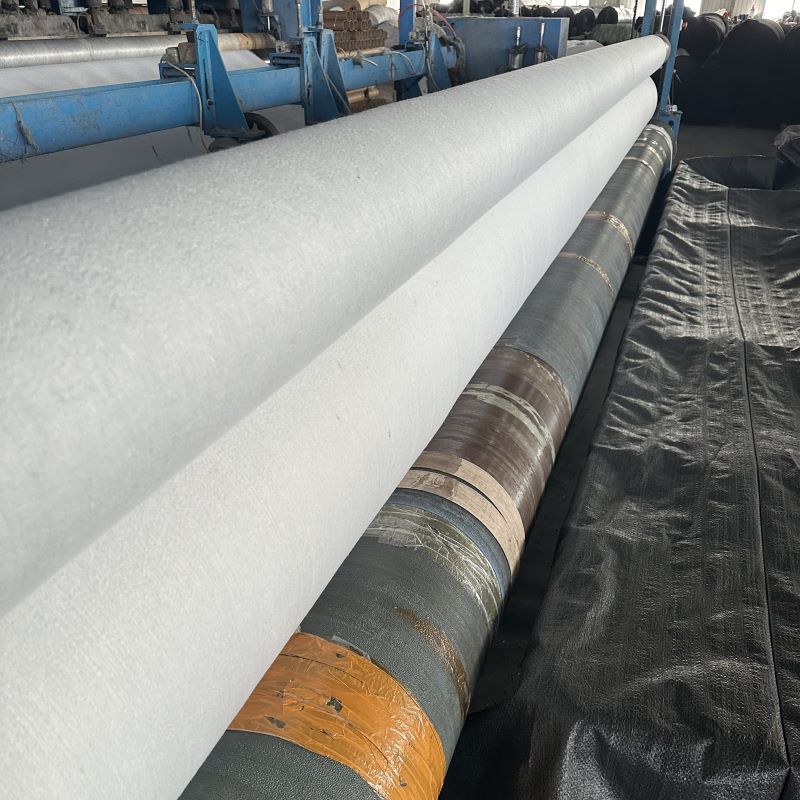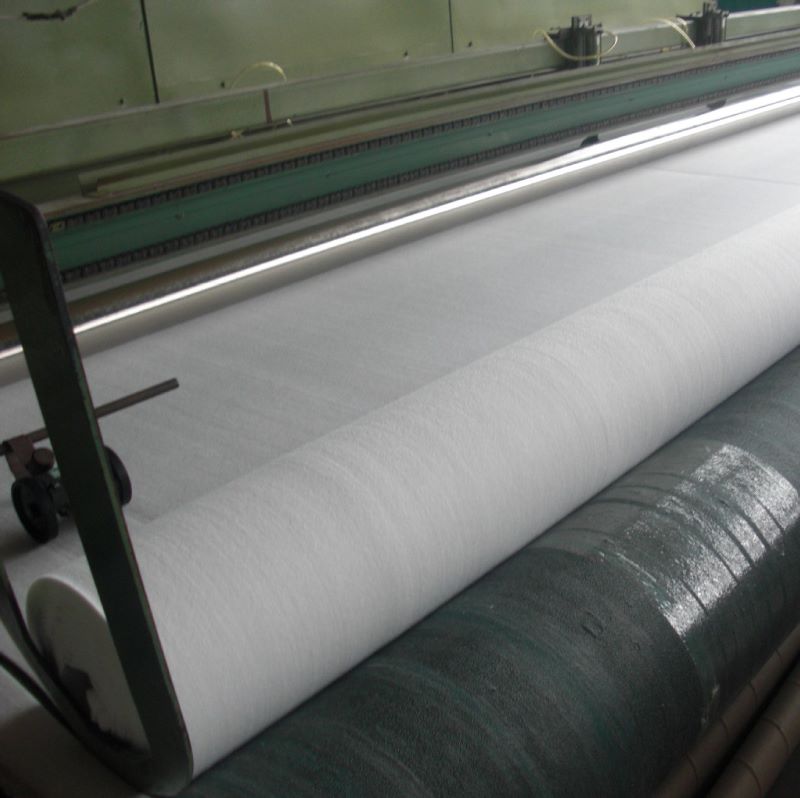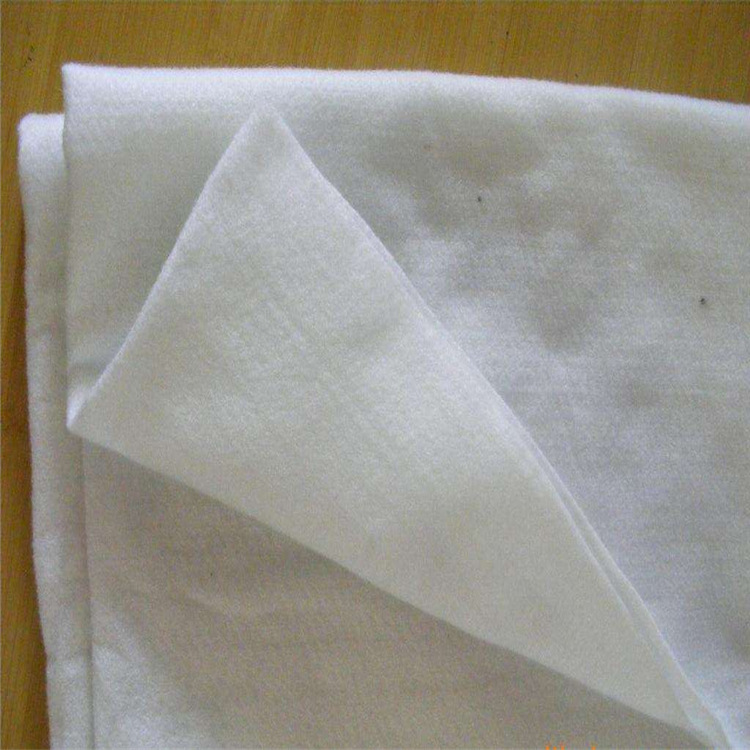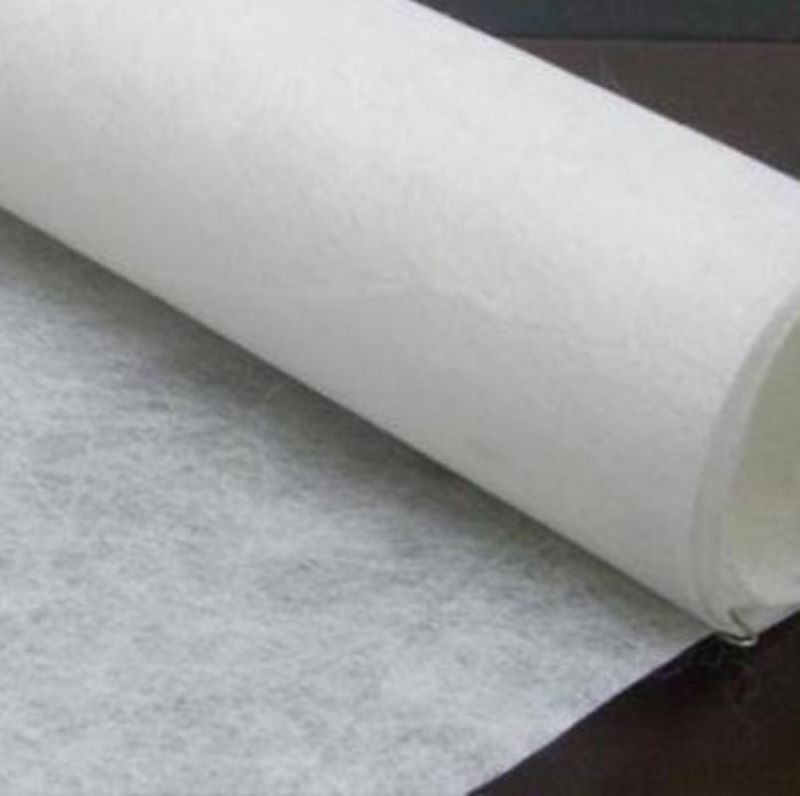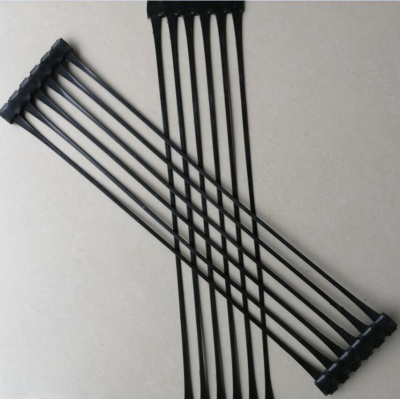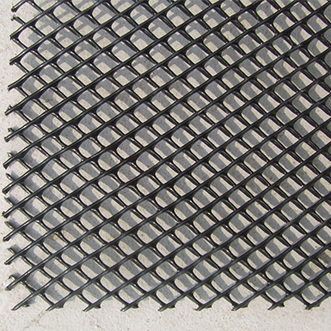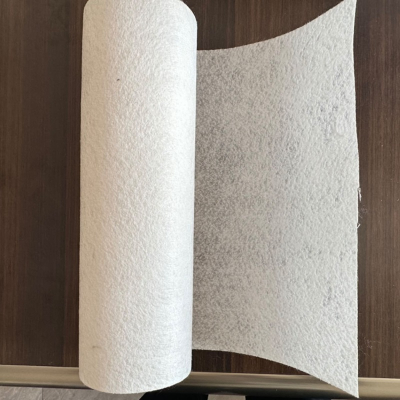Vegetation Bestoration Geotextile
vegetation restoration geotextiles are specifically tailored to support ecological restoration initiatives, erosion control efforts, and vegetation establishment in environmentally sensitive areas. By providing a conducive environment for plant growth and soil stability, these geotextiles contribute to the enhancement of ecosystem health and biodiversity conservation.
Vegetation Restoration Geotextile Product Details and Applications
Vegetation restoration geotextiles are specialized materials designed to support ecological restoration efforts and promote vegetation growth in environmentally sensitive areas. Here are the details and applications of vegetation restoration geotextile products:
Product Details:
Material Composition: Vegetation restoration geotextiles are typically made from biodegradable materials or natural fibers to ensure compatibility with the surrounding ecosystem and promote plant growth.
Permeability: These geotextiles are engineered to provide adequate water permeability, allowing moisture to reach plant roots while preventing soil erosion and maintaining soil stability.
Erosion Control: Vegetation restoration geotextiles offer erosion control properties by stabilizing soil surfaces, protecting against water runoff, and promoting vegetation establishment in vulnerable areas.
UV Resistance: To withstand outdoor conditions, these geotextiles may feature UV-resistant properties to ensure prolonged durability and performance in exposed environments.
Biodegradability: Some vegetation restoration geotextiles are designed to break down over time, supporting vegetation growth while naturally integrating into the ecosystem without causing harm.
Product Parameter
Project | Performance indicators | |||||||
Nominal Strength,kN/m | 5 | 8 | 11 | 20 | 24 | 28 | 34 | 50 |
Longitudinal and Transverse Tensile Breaking Strength,kN/m | ≥5.0 | ≥8.0 | ≥11.0 | ≥20.0 | ≥24.0 | ≥28.0 | ≥34.0 | ≥50.0 |
Longitudinal and Transverse Elongation At Break | 50%~90% | |||||||
Longitudinal and Transverse Tearing Strength, kN | ≥0.15 | ≥0.24 | ≥0.35 | ≥0.42 | ≥0.50 | ≥0.58 | ≥0.65 | ≥0.90 |
CBR Top Break Power, kN | ≥1.0 | ≥1.7 | ≥2.5 | ≥3.5 | ≥4.3 | ≥5.3 | ≥6.2 | ≥7.0 |
Vertical and Horizontal Grip Strength, kN | ≥0.3 | ≥0.6 | ≥0.9 | ≥1.3 | ≥1.7 | ≥2.0 | ≥2.4 | ≥3.0 |
Thicknesses, mm | ≥1.2 | ≥1.6 | ≥1.8 | ≥2.4 | ≥2.8 | ≥3.0 | ≥3.2 | ≥3.4 |
Equivalent Pore Size, ο95 mm | 0.07~0.20 | |||||||
Vertical Permeability Coefficient,cm/s | ≤2.0×10-1 | |||||||
UV Strength Retention Rate | ≥80% | |||||||
Mass Per Unit Area,g/m2 | ≥100 | ≥150 | ≥200 | ≥300 | ≥400 | ≥500 | ≥600 | ≥800 |
Quality Deviation Per Unit Area | ±5% | ±4% | ±3% | |||||
Width Deviation | ±0.5% | |||||||
Tensile Strength of Geobags At Seams,kN/m | — | ≥6.5 | ≥9.0 | ≥16.0 | — | — | — | — |
Applications:
Slope Stabilization: Vegetation restoration geotextiles are used to stabilize slopes by promoting plant growth and preventing soil erosion, thus enhancing the stability of embankments and hillsides.
Revegetation Projects: These geotextiles play a crucial role in revegetation projects where degraded or barren lands are restored with vegetation. They provide a favorable environment for seed germination and plant establishment.
Wetland Restoration: In wetland restoration initiatives, vegetation restoration geotextiles help protect sensitive aquatic habitats, stabilize shorelines, and encourage the growth of wetland vegetation.
Ecological Rehabilitation: Used in ecological rehabilitation efforts, these geotextiles support the restoration of degraded ecosystems, such as forests, grasslands, and riparian areas, by fostering natural vegetation growth.
Landscaping: Vegetation restoration geotextiles find applications in landscaping projects to create green spaces, promote healthy plant growth, and establish vegetation cover in urban and recreational areas.
Wildfire Restoration: Following wildfires, these geotextiles aid in vegetation recovery by providing a protective layer for newly seeded areas, preventing soil erosion, and facilitating plant establishment in fire-affected landscapes.
Green Infrastructure: Incorporating vegetation restoration geotextiles in green infrastructure projects enhances the environmental performance of urban developments, such as green roofs, rain gardens, and bioswales.

